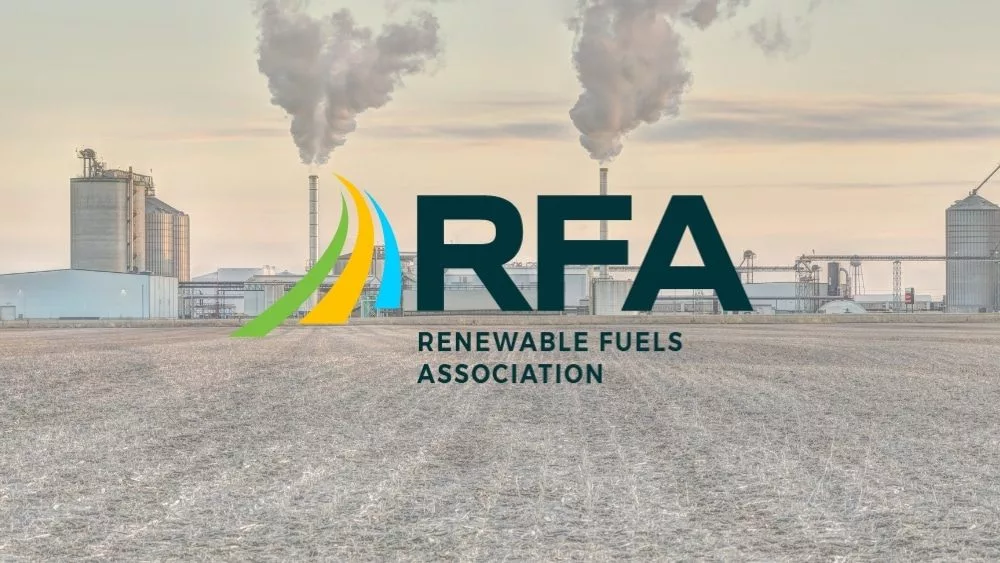The ethanol industry’s contribution to the U.S. economy remained “robust” last year, as record-setting production offset the impact of lower commodity prices, according to an analysis released today by the Renewable Fuels Association.
In 2024, the industry directly supported 56,000 U.S. jobs, along with an additional 258,000 indirect and induced jobs across all sectors of the economy. The industry created $28.3 billion in household income, contributed $53 billion to the nation’s gross domestic product, and generated more than $10 billion in tax revenues at the federal, state and local levels. Returns over operating costs averaged an estimated $0.26 per gallon, 40 percent lower than the average operating margin in 2023.
“Our nation’s ethanol producers worked overtime in 2024 to set a new production record and ensure American families could enjoy the benefits of a cleaner, lower-cost domestically produced fuel option,” said RFA President and CEO Geoff Cooper. “And they are excited about the opportunities that lie ahead this year, with a renewed focus on American energy security and bolstering the farm sector.”
Cooper stressed 2024 was also a year that saw record ethanol exports of 1.91 billion gallons to countries around the world, with exports alone supporting 11 percent of the industry’s employment. Domestic consumption also increased slightly over 2023’s levels.
The 2024 economic impact report also shows that the industry spent $30 billion on raw materials and other goods and services to produce ethanol last year. Corn purchases alone accounted for $23 billion, as the industry continued to support America’s farming communities.
“The use of ethanol has multiple benefits, including enhancing America’s energy security, supporting agricultural markets, and cutting emissions of greenhouse gases and tailpipe pollutants,” the report concludes. “The industry’s significant economic impact is apparent to those involved in ethanol production and the agriculture sector, and it has been felt most profoundly in rural America. And the industry’s contribution can continue to grow, given the increasing availability of mid- and high-level blends, prospects for further development of export markets, and new uses such as sustainable aviation fuel on the horizon.”






